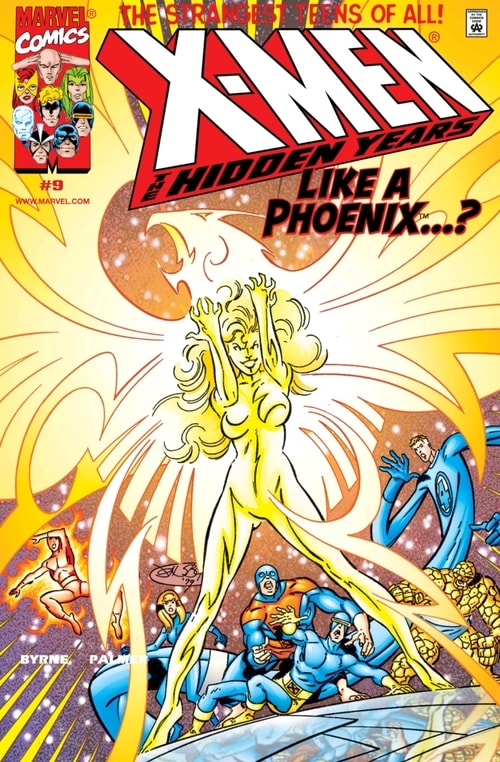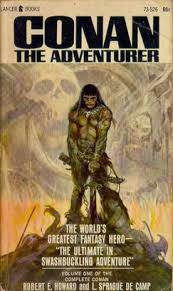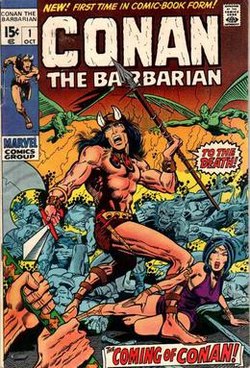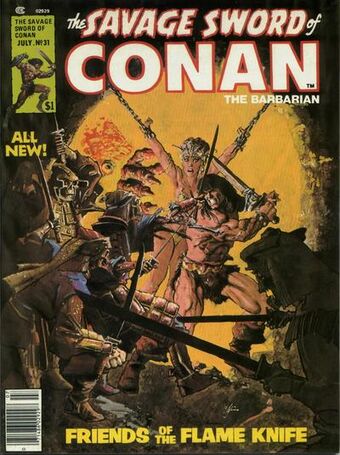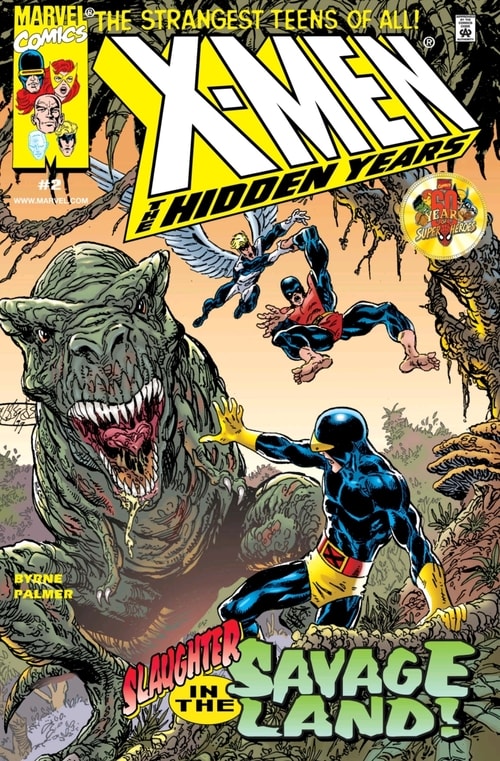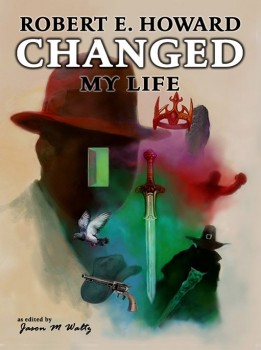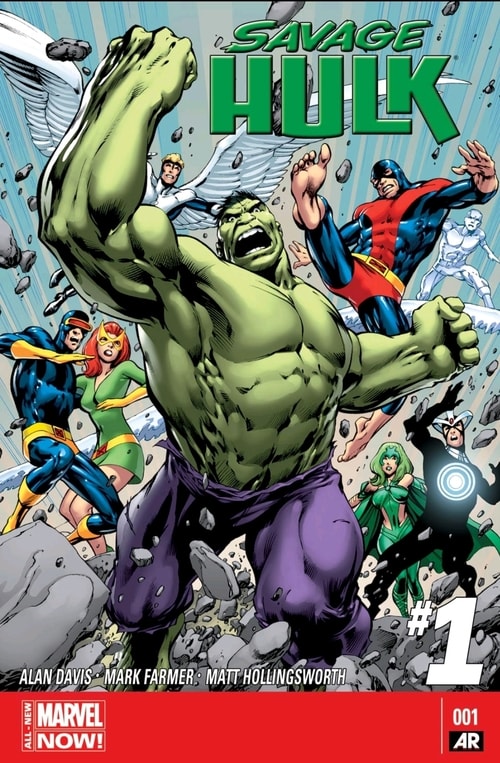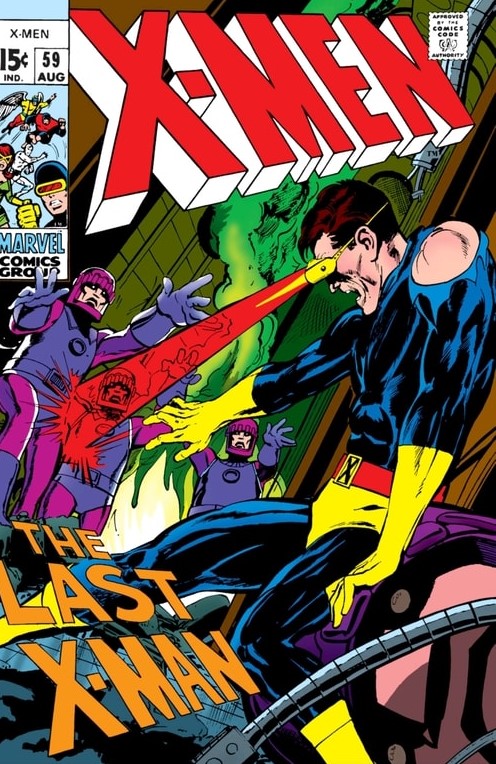Uncanny X-Men, Part 13: Englehart’s Bronze Age Monster Horror – The Beast
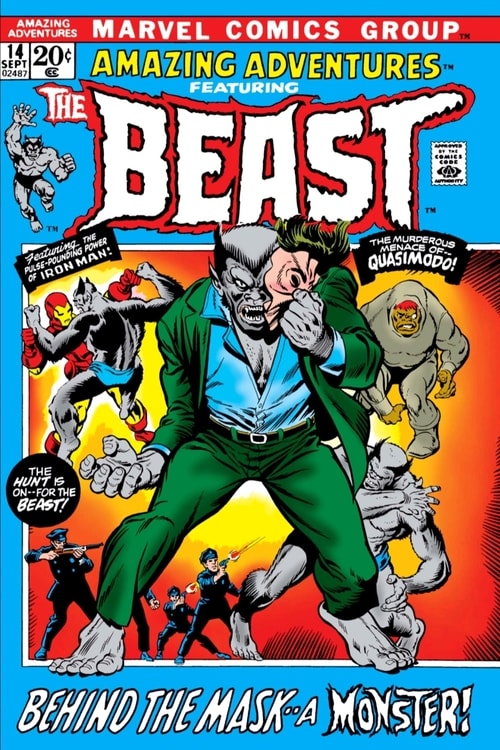
Welcome to Part 13 of my complete reread of the X-Men. We’ve covered all the original X-Men run, many guest appearances and side stories. We’re now in 1972 and in my last post, Gerry Conway and Tom Sutton had taken the moribund second-strong superhero Beast and thrown him solo into the world of Jekyll-Hyde monster horror. In this post, we’re going to cover the remaining five issues of Amazing Adventures that follow Hank McCoy’s sundering from the X-Men.
Amazing Adventures #12 opens with Hank McCoy’s most obvious problem: His Jekyll and Hyde moment has permanently turned him into a twisted, inhuman beast, and he can’t change back. He can’t even pass for human. And he needs to pass for human to have a chance of marshalling his biochemical skills to cure himself. The artwork by Tom Sutton and Mike Ploog is perfect for a horror story, and we’ve seen Ploog do beautifully eerie with Doctor Strange’s contemporaneous stories in Marvel Premiere. Check out the splash page below.
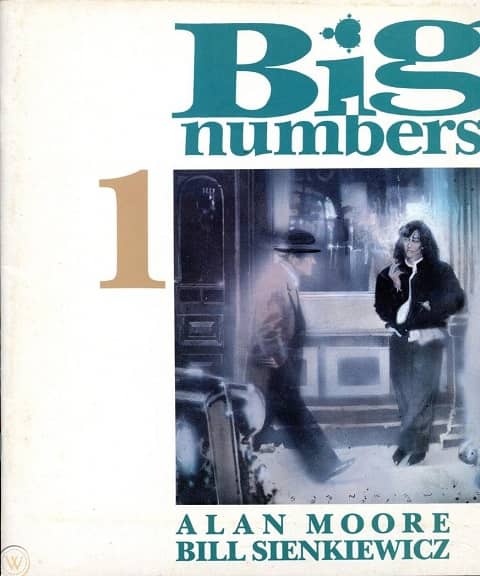
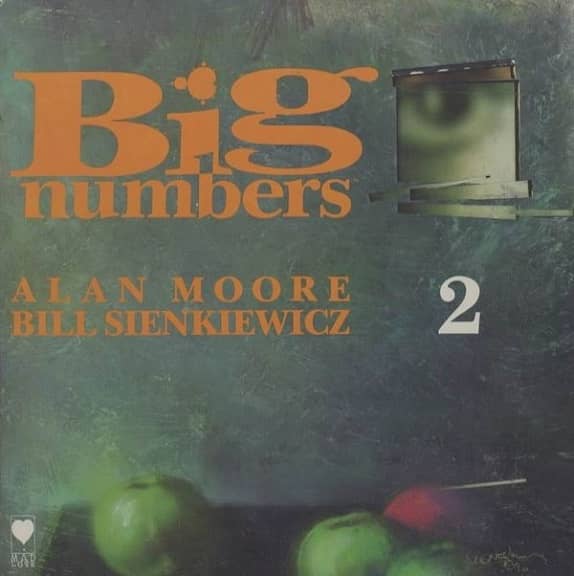
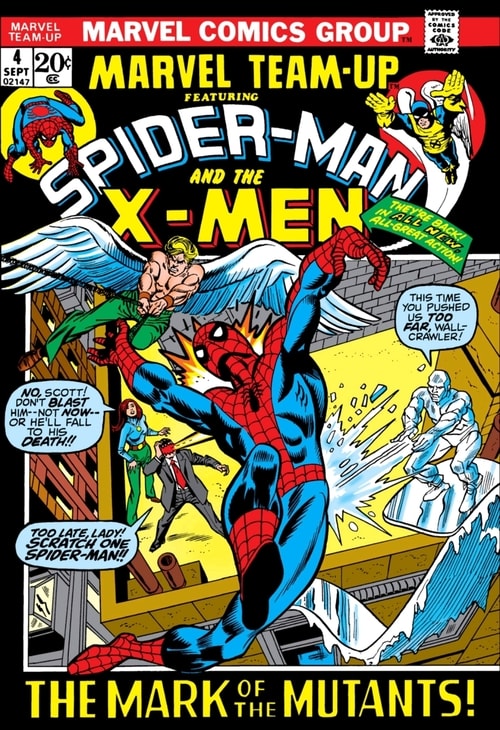
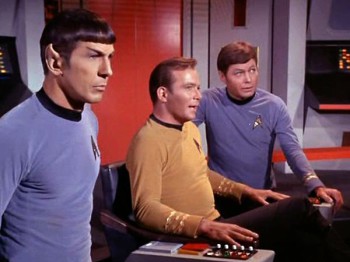 Do you remember your first hero? Any kind of hero. It could have been a hero from a movie or a book or a television show, even a hero from real life.
Do you remember your first hero? Any kind of hero. It could have been a hero from a movie or a book or a television show, even a hero from real life.